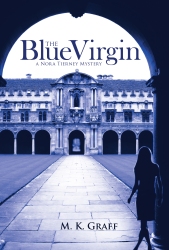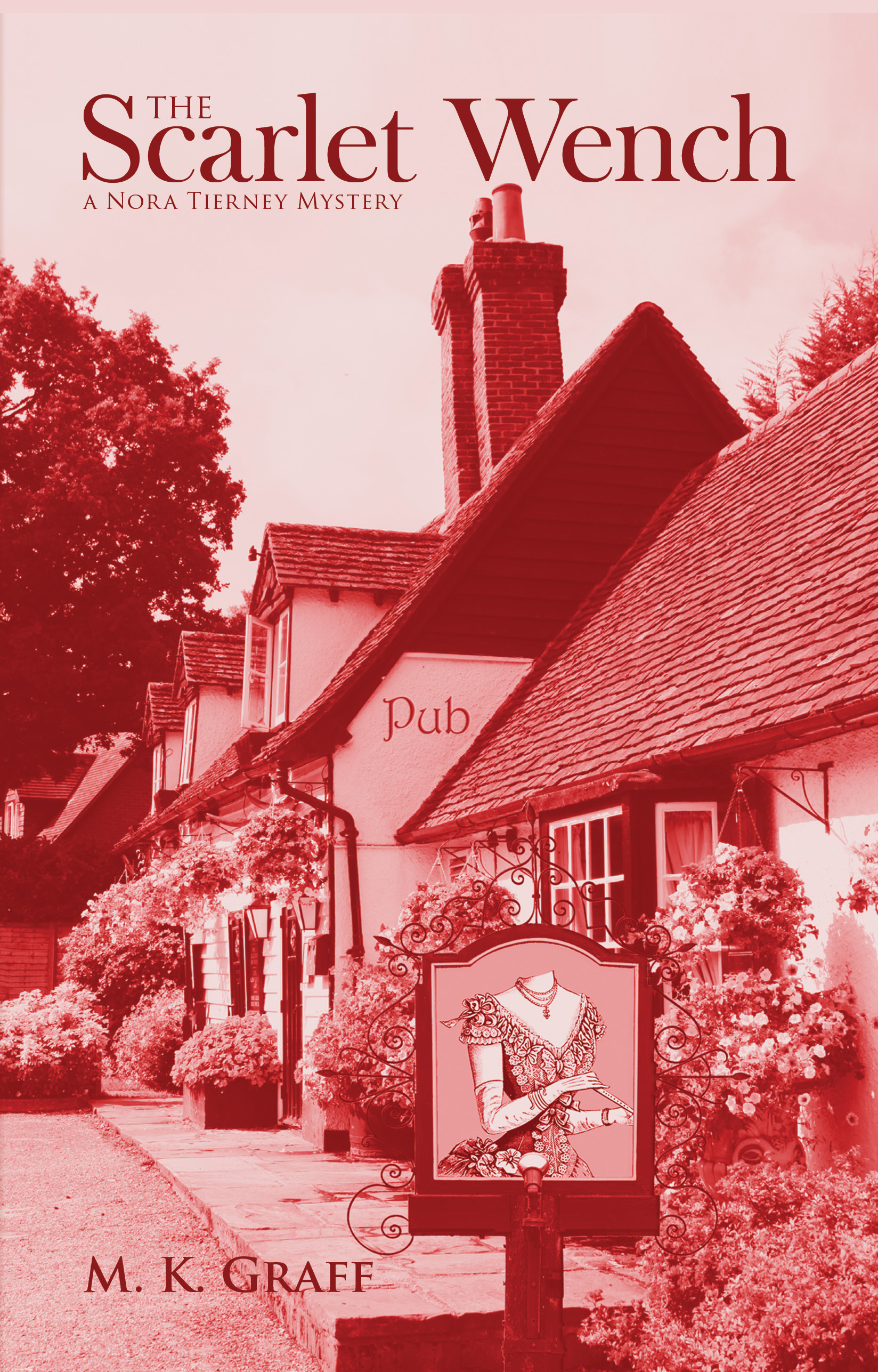Fans of P. D. James will find this newest offering to be very different from her carefully plotted, meticulously described, and heavily psychologically-oriented crime novels. Readers familiar with James’ autobiography Time to Be in Earnest will know of her lifelong passion for Jane Austen. Indeed, one of her daughters is named Jane.
 So it’s no surprise that James has adeptly recreated the world of Pride and Prejudice, and readers of Austen will be plunged immediately into the familiar landscape of those novels.
So it’s no surprise that James has adeptly recreated the world of Pride and Prejudice, and readers of Austen will be plunged immediately into the familiar landscape of those novels.
It’s 1803, and Elizabeth and Darcy are settled comfortably at his magnificent estate at Pemberley, parents to two healthy little sons, aptly named Fitzwilliam and Charles. With her favorite sister, Jane, and Jane’s husband, Bingley, and their family living nearby, Elizabeth has grown into her role, running the household competently. Darcy’s sister, Georgiana, is contemplating marriage prospects. It is an idyllic life, soon to be in disarray.
The estate is preparing for the autumnal Lady Anne’s ball, silver being polished, flowers being chosen with care, when a flying chaise arrives on the eve of the ball, “lurching and swaying down the woodland road towards the house, its two sidelights blazing like small flames. Imagination provided what was too distant to be seen–the manes of the horses tossed by the wind, their wild eyes and straining shoulders, the postilion heaving at the reins.”
And we’re off and running with the story, as Lydia Wickham, Elizabeth’s younger, most unreliable sister, runs into the house, screaming hysterically that her husband has been murdered. Suddenly everyone at Pemberley is thrust into a frightening situation which threatens the peace and future of all who inhabit it. Secrets will be unearthed and confidences made public as the weeks unfold, for it is not Wickham who has been killed; he is instead arrested as the murderer. Darcy will play several roles in the drama, even as he finds himself in the uncomfortable position of being called as a star witness in the eventual trial. At times it seems there is little chance for a peaceful resolution. But to expect that would be to underestimate P. D. James.
James is spot on with the period details, as well as the mores and customs of the time. She has a gift for the cadence of Austen, too, with a lovely use of language and syntax which represent another era. The details of the unfolding mystery are parsed out as the story unfolds, and the mystery is eventually solved with great consideration.
Some readers have pointed out that the mystery seems to take a back seat to the perambulations of the story; no Dalgliesh investigation here. Indeed, James prefaces the novel with an Author’s Note apologizing “for involving her beloved Elizabeth in the trauma of a murder investigation … ” But Auntie M feels Jane Austen would applaud James for her wise craft and gratifying skill in bringing crime to Pemberley.








I agree with your points on the good level of details P. D. James provides in her books and specifically this one; I also reviewed the book here: http://www.mysterytribune.com/2012/02/11/read-death-pemberley-read/
I don’t know if you fully agree with me or not; I think in spite of all the notable things, this book had too much fluff in it and also the recaps to Pride and Prejudice were to some extent excessive
LikeLike
EE: I do agree that the recaps were surprisingly thorough; I decided James was filling in an audience who had not read P & P and wouldn’t get the references without the background.
LikeLike